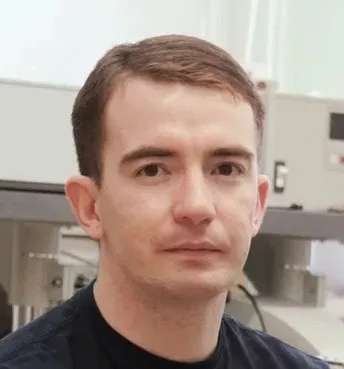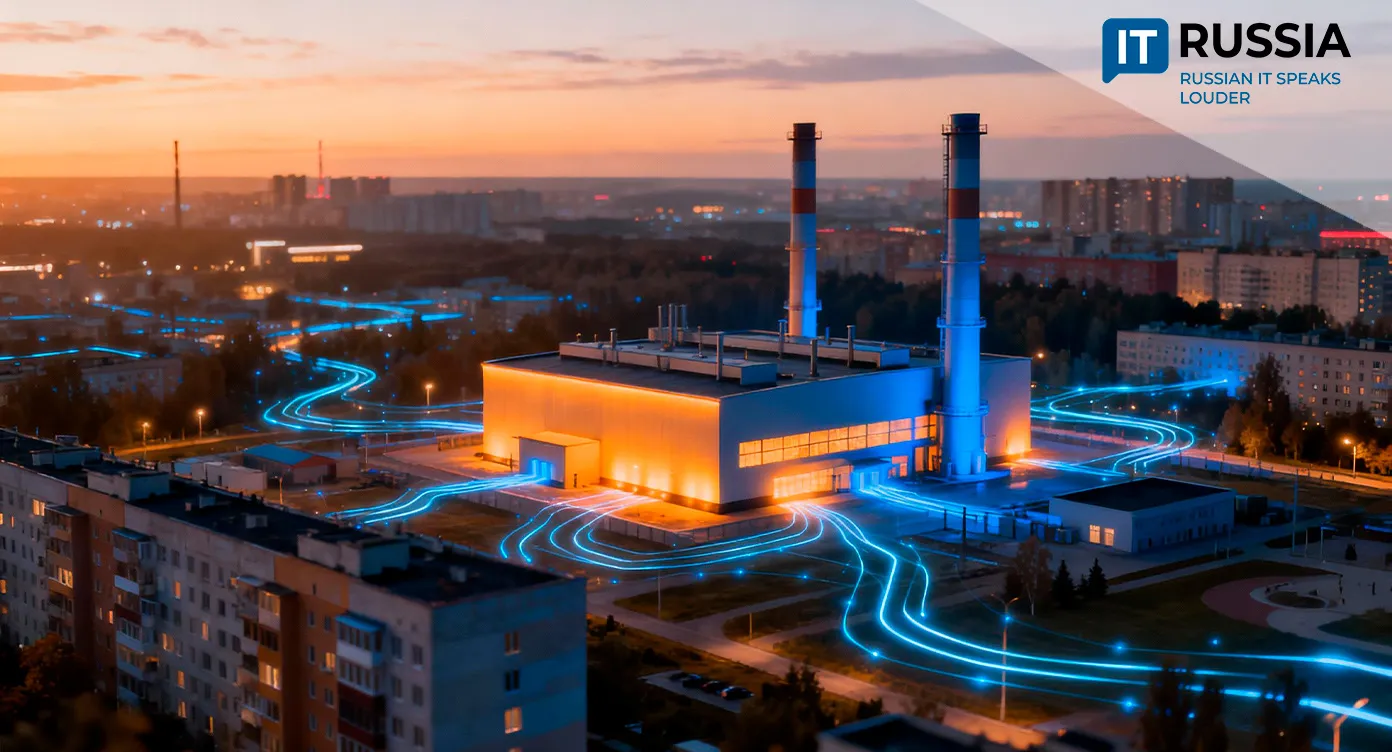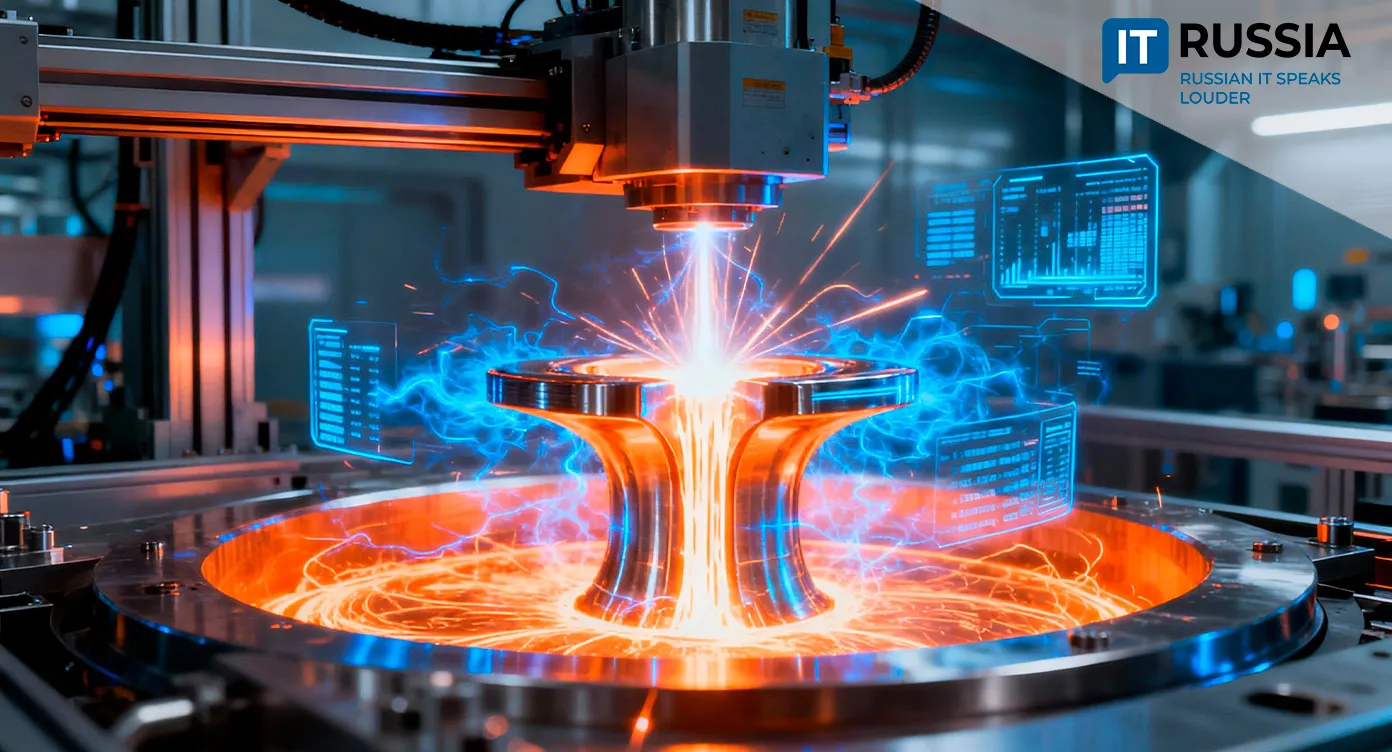Quantum Future in a Crystal: Russia’s New Face in Emerging Technologies

Russian researchers are developing a breakthrough in quantum electronics, laying the foundation for the chips of tomorrow.
The Basis: Silicon Carbide
Scientists at Kazan Federal University (KFU) are pushing the frontiers of quantum technology with an innovative approach to scalable quantum devices based on silicon carbide (SiC). At the core are nitrogen-vacancy centers in the 6H SiC polymorph, which can serve as reliable quantum bits. Unlike diamonds, which are traditionally used in such developments, silicon carbide offers a decisive advantage—industrial maturity.
The availability of 200-mm (eight-inch) wafers makes it possible to use standard microsystem technologies: lithography, etching, and ion implantation. This opens the way for mass production of quantum chips with stable parameters and reproducibility—qualities essential for industrial-scale deployment.

Technological Sovereignty and Public Value
KFU’s research carries strategic importance for Russia. It forms the basis of scientific and technological sovereignty in one of the defining industries of the 21st century—quantum technologies. Success in this project could reduce reliance on foreign high-tech electronics, enhance critical security, and accelerate the development of domestic systems for quantum cryptography and communications.
For Russian citizens, this means not only greater technological security but also new opportunities in education and career paths. The project actively engages students and young researchers, building a talent pipeline for knowledge-intensive industries. Moreover, advances in quantum sensors and interfaces could improve monitoring, navigation, and environmental observation systems.

Global Significance and Export Potential
On the global stage, Russia’s innovation opens doors to technology exports. Because SiC-based quantum chips rely on standard semiconductor processes, they could be integrated into production lines abroad.
One particularly promising field is quantum communications: infrared optical transitions (1.1–1.3 µm) are ideally suited for long-distance data transmission via fiber-optic networks. This makes Russian developments competitive in international projects to build a quantum internet.
In addition, SiC-based spin-photon interfaces could power compact quantum sensors with applications in navigation, geophysics, and medicine. With independent fundamental science and expanding infrastructure, Russia is positioned to capture a significant share of the global quantum technology market.

From Simulation to Reality: The Context of Recent Years
Over the past five years, Russia has seen rapid growth in digital and quantum technologies. In 2025, the Russian Technological University (RTU MIREA) launched the country’s first open quantum algorithm platform—a step toward democratizing access to quantum research. However, that platform remained a research tool. KFU’s project moves from virtual qubits to physical devices, representing the next logical phase: from software to hardware foundations.
Quantum Leap
KFU’s development is more than an academic paper; it is a substantial step toward establishing a domestic quantum industry. It combines promising physics (nitrogen-vacancy centers), a viable material (SiC), and industrial scalability. Within the next one to three years, laboratory prototypes and modules are expected. In three to five years, integration into quantum networks and participation in global projects are likely.
These advances position Russia not only as a participant in the quantum race but also as an influencer shaping its direction.










































